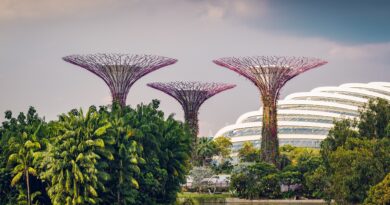A Day In National Museum of Anthropology ~ Part 2
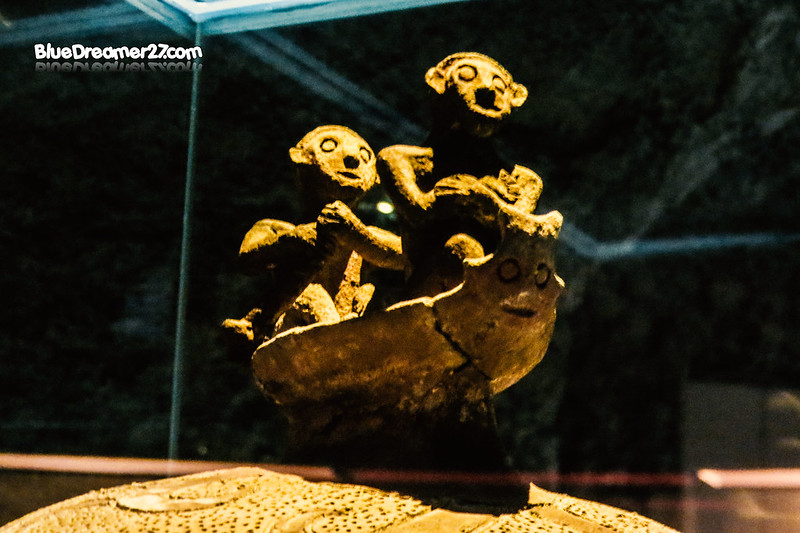
National Museum of Anthropology is definitely worth a visit! You will not just feel fascinated with their overwhelming collection of artifacts but you will also learn a lot from their galleries. Recently, I gave you a virtual tour to five of their galleries such as the Marble Hall, The Treasures of San Diego, the Portraits of Indigenous Filipino Women Gallery, Entwined Spheres and Garing. Now, allow me to continue the tour with the rest of their famous galleries like the Baybayin and Kaban ng Lahi!
The National Museum of Anthropology houses various ethnographic artifacts from the different people of the country. It houses anthropology and archaeology divisions and also the zoology division of the National Museum. Currently the building has four publicly accessible floors. Each floor features different galleries with certain themes.
Just in case you missed the first part, you can visit the link here – Check : A Day in National Museum of Anthropology Part 1
The Galleries that will be featured in this post include
►Baybayin : Ancient and Traditional Scripts of the Philippines
►Biodiversity and Rice Climate Change
►Hibla ng Lahing Filipino : The Artistry of Philippine Textiles
►Lumad
►Kaban ng Lahi
BAYBAYIN: ANCIENT AND TRADITIONAL SCRIPTS OF THE PHILIPPINES
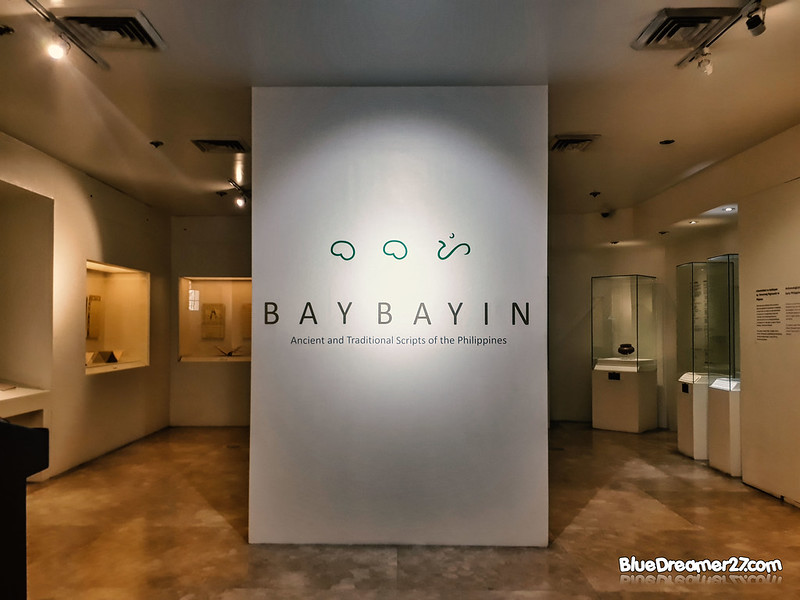
Baybayin is no longer a stranger to me. I was grateful that I was able to attend various Baybayin-related seminars and events in the past and I have learned a lot. Check : The Basics of Baybayin By Mr Reimon Cosare and The Project Saysay Posters and Baybayin Workshop. Unlike the modern Filipino alphabet that is composed of 28 letters (including ñ and ng), Baybayin is only composed of 17 letters or symbols where 3 are Patinig(vowels) and 14 Katinig (consonants). The Kudlit is used to identify how each symbol is pronounced. During the Baybayin Workshop, Mr Cosare showed us some items on where the scripts originated and he showed us some pictures to prove that these scripts has been used by our ancestors. Interesting the Baybayin gallery in National Museum of Anthropology will display the real artifacts and I was in awe to see the actual items.
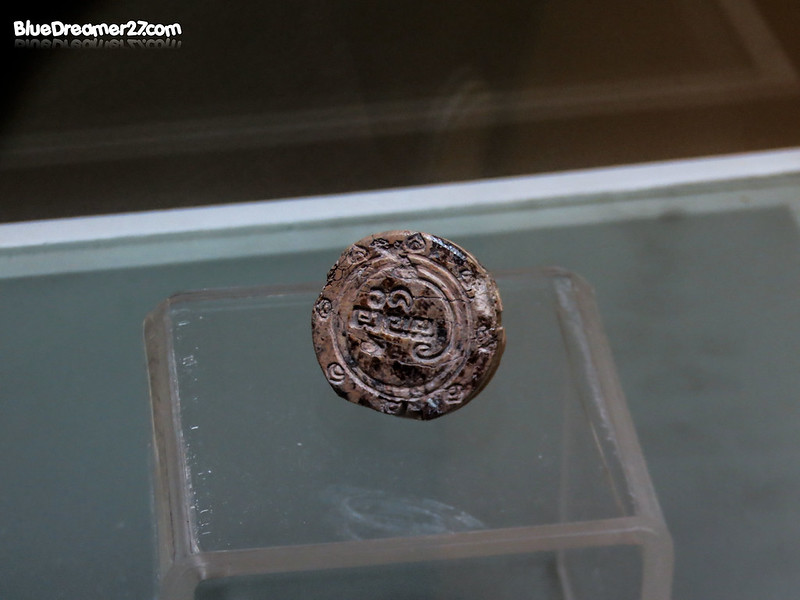
Butuan Ivory Seal with engraved Baybayin script. The item is from 10th-13th Century
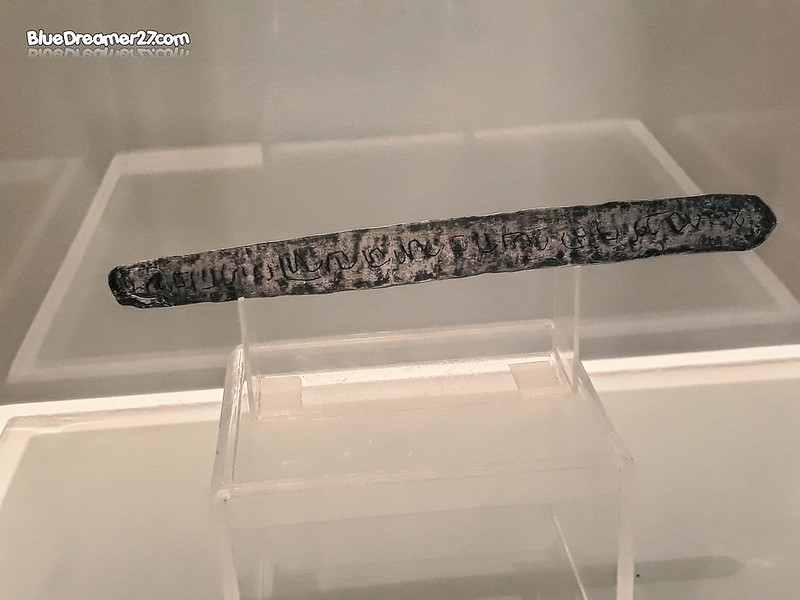
Butuan Metal Paleograph A.D 14th to 15th Centuries

A Clay pot with Baybayin
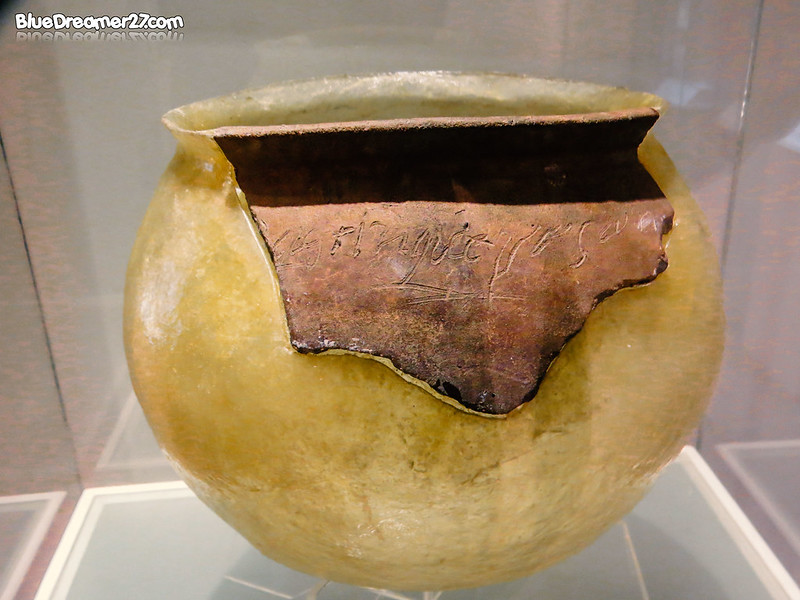
A piece from a broken clay pot with Baybayin
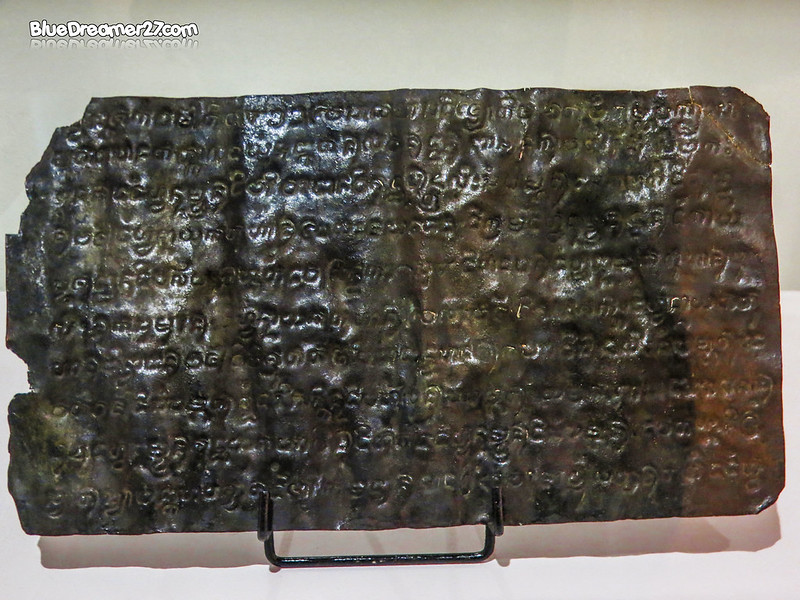
The Laguna Copper Plate Inscription (10th Century)
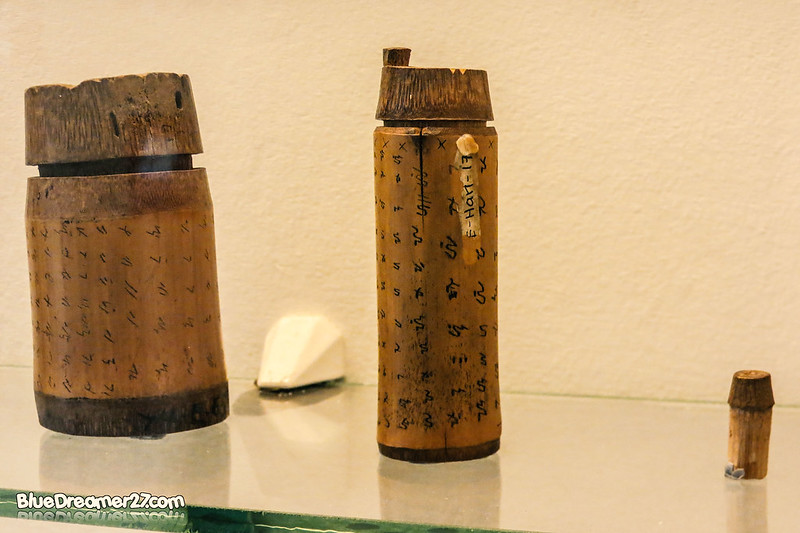
Bamboo crafts with Baybayin
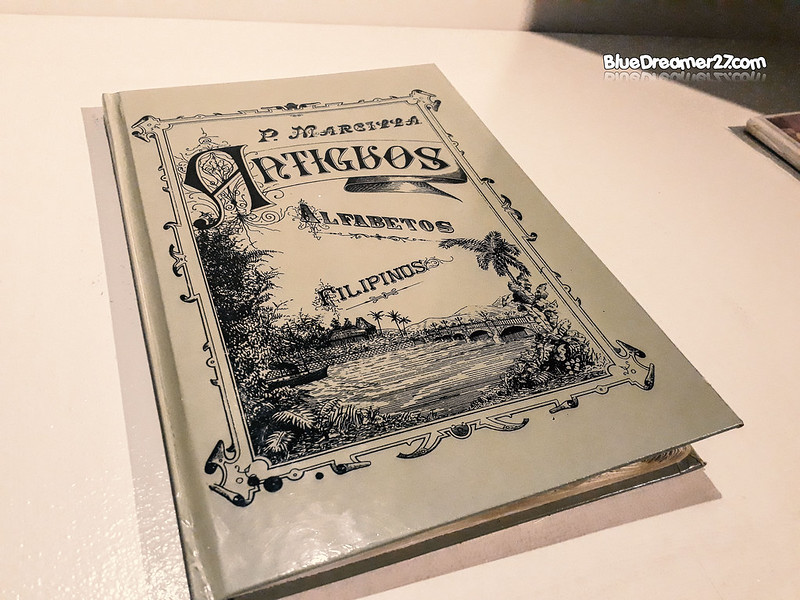
Marcilla Y Martin’s Estudio Delos Antiguos Alfabetos Filipino
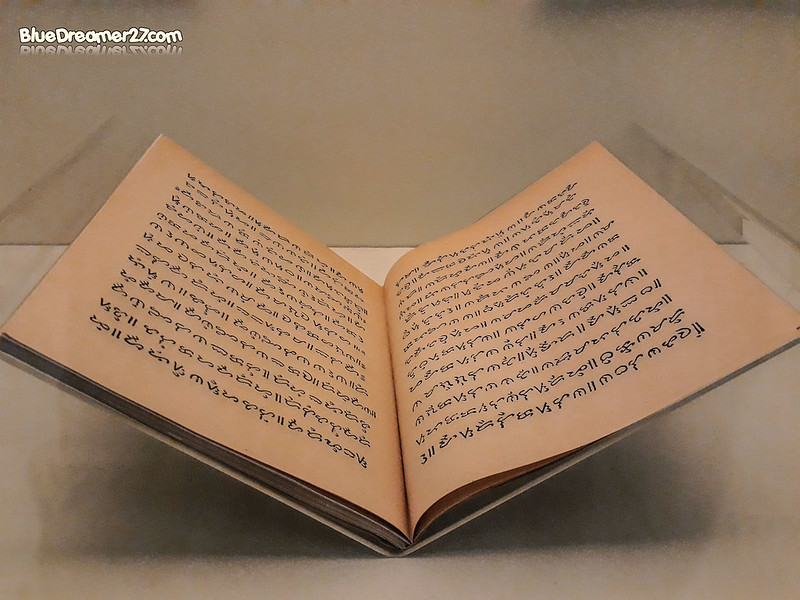
The Doctrina Christiana by Fray Juan de Plasencia
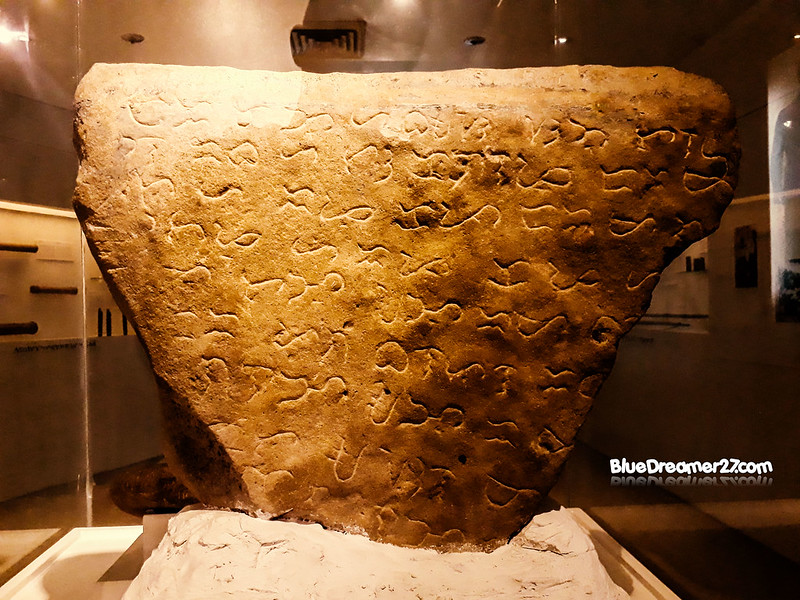
Monreal Stones
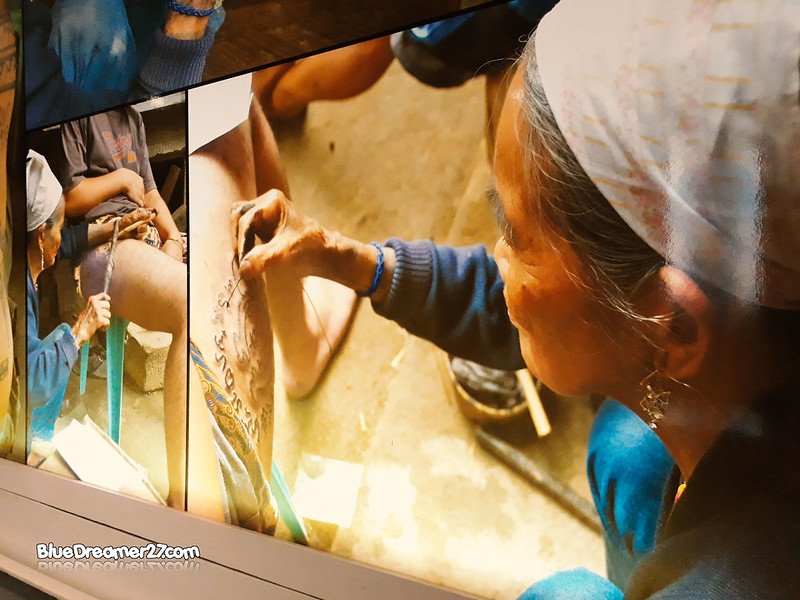
Portraits of Whang Od (the last Mambabatok of Kalinga) using Baybayin scripts. (You can check my recent trip to Buscalan)
BIODIVERSITY AND RICE CLIMATE CHANGE

Rice being the most common staple food in the country, it is not surprising why this has become an integral part of our rich history. The Biodiversity and Rice Climate Change gallery will showcase a wide variety of rice grains as well as some artifacts and a huge collection of flora and fauna specimens.
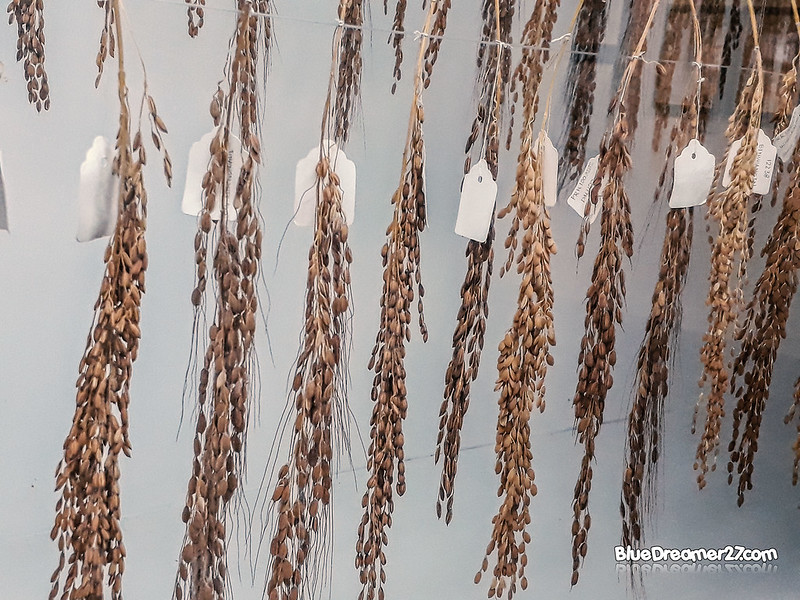
Variety of rice grains still in panicles
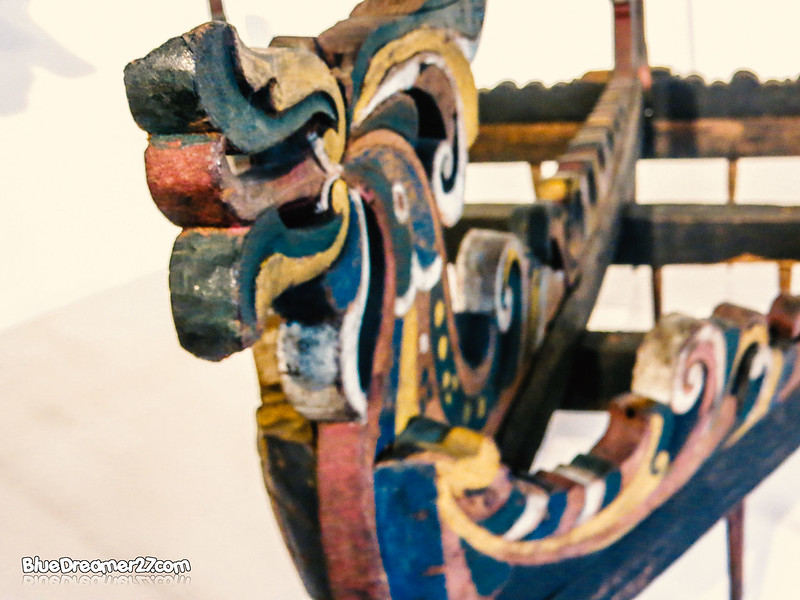
A colorful “Pangaras” (harrow / araro) from Maranao, Lanao Del Sur
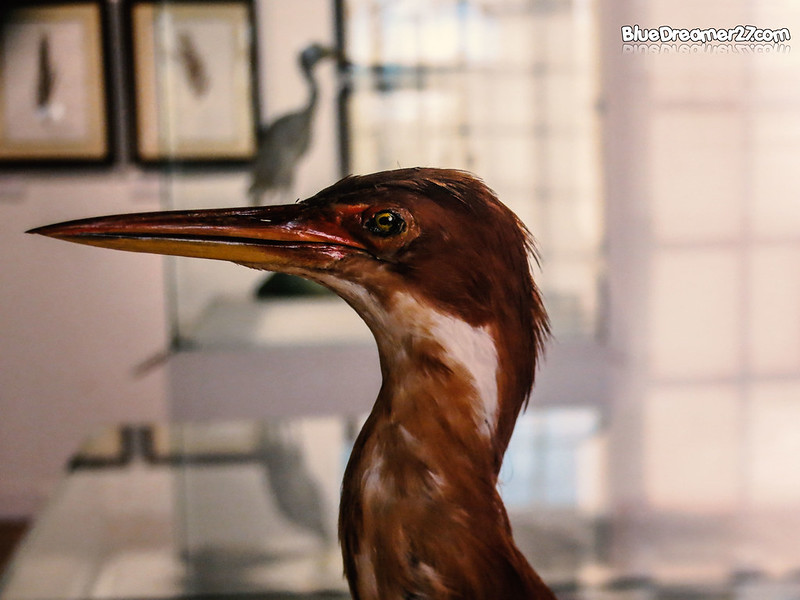
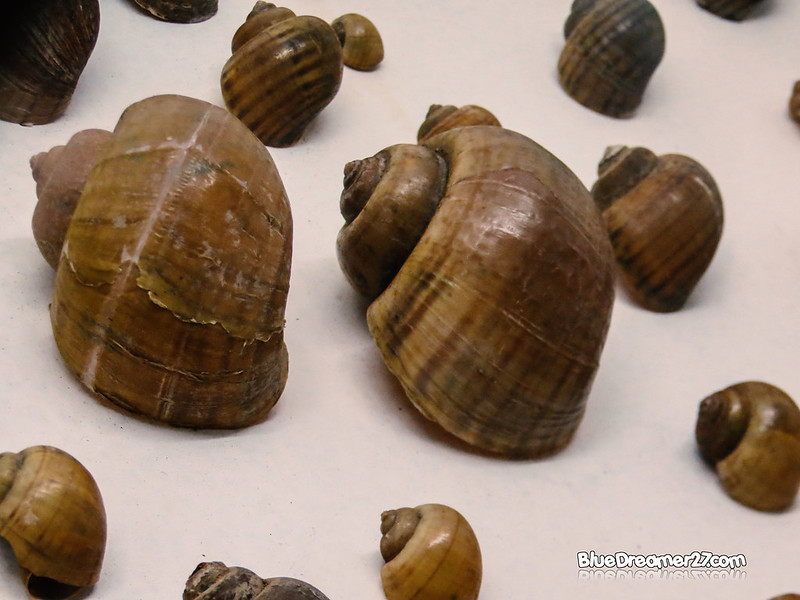
Some fauna specimens displayed in the gallery
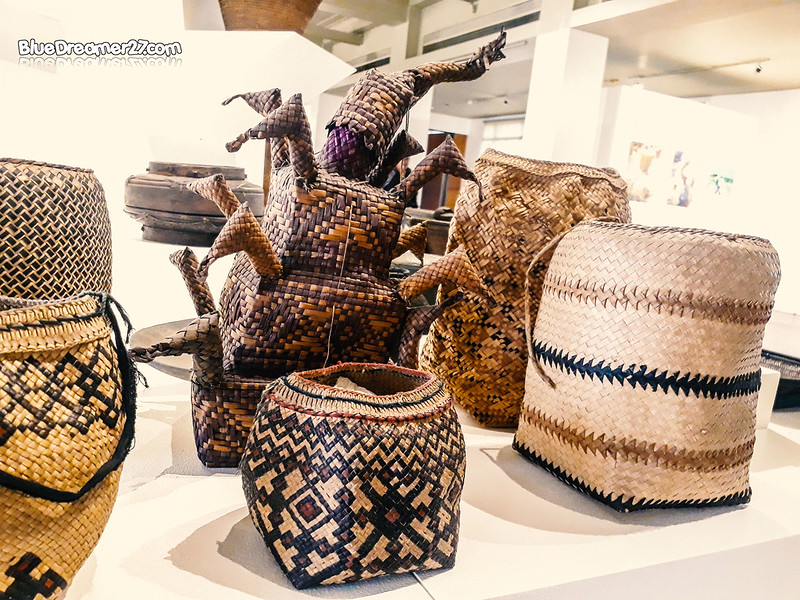
Decorative woven baskets used as rice containers. The one with pointed design is the minarigay or marigay, which is a exceptional rice container from Lanao del Sur. This decorative and colorful woven basket is made out of tikug (Fimbristylis globulosa) leaves stripped, dried and dyed using natural materials. The corners of the tiered basket are embellished with stylized heads of birds, creating an effect of flight.
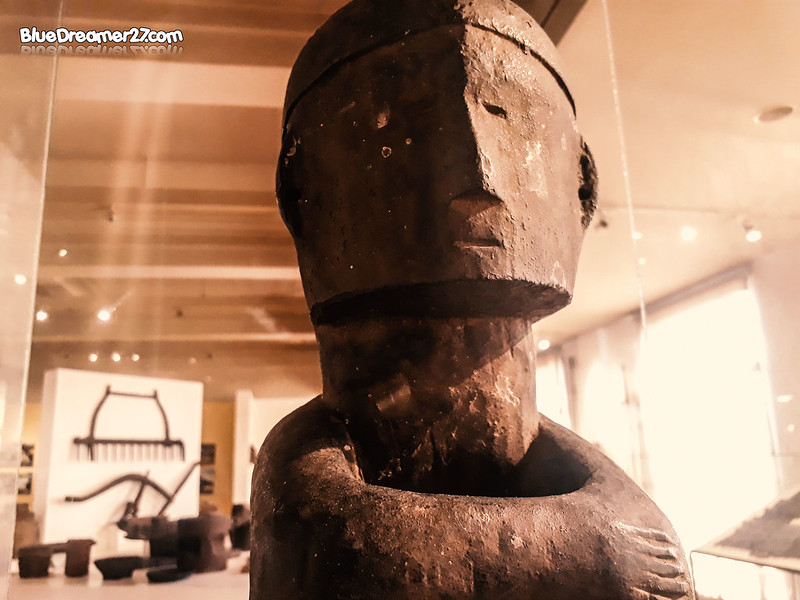
HIBLA NG LAHING FILIPINO : THE ARTISTRY OF PHILIPPINE TEXTILE

A country is often being identified based on their traditional costume and this gallery will exhibit different indigenous fabrics. It aims to enrich the citizens’ knowledge on tropical fabrics and the culture of weaving.
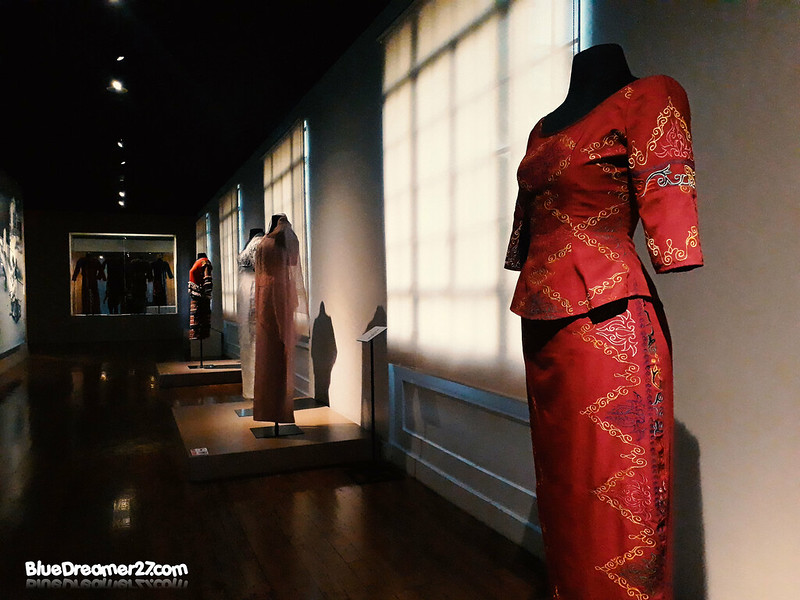


The “Tilar / Pang-Abelan or Pang-Ablan” (a foot loom) from Bacnotan, La Union
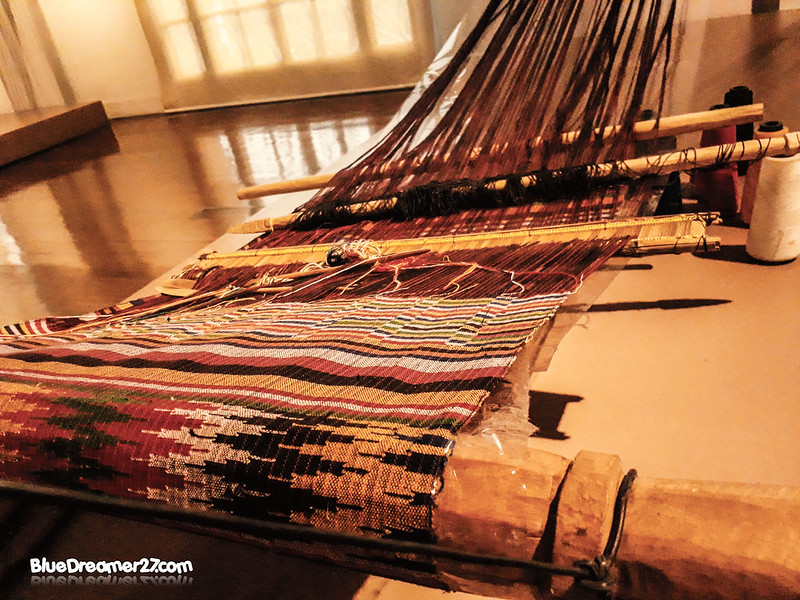
Tausug Loom complete with cotton threads, commercial dyes, wood and bamboo.
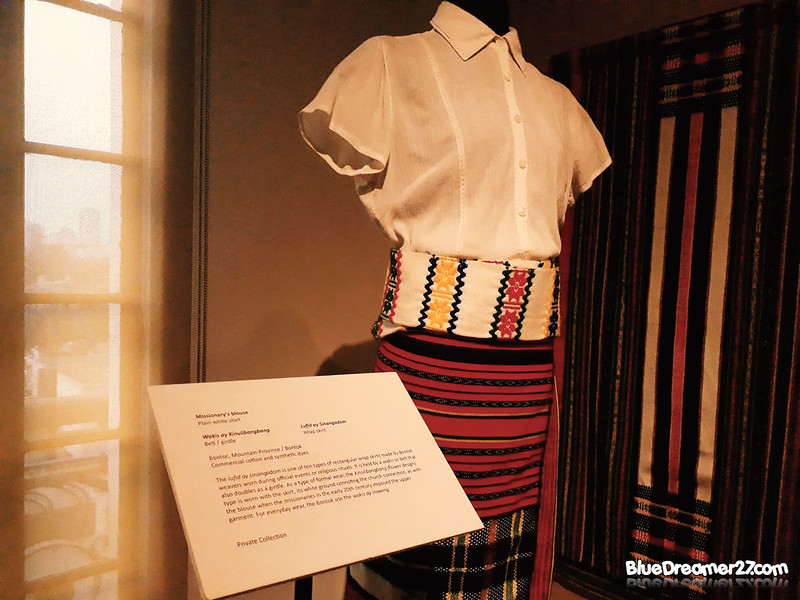
A traditional dress from the tribes of Bontoc, Mountain Province. It is composed by a missionary’s blouse and a skirt called “Lufid” and topped with a girdle known as Wakis.
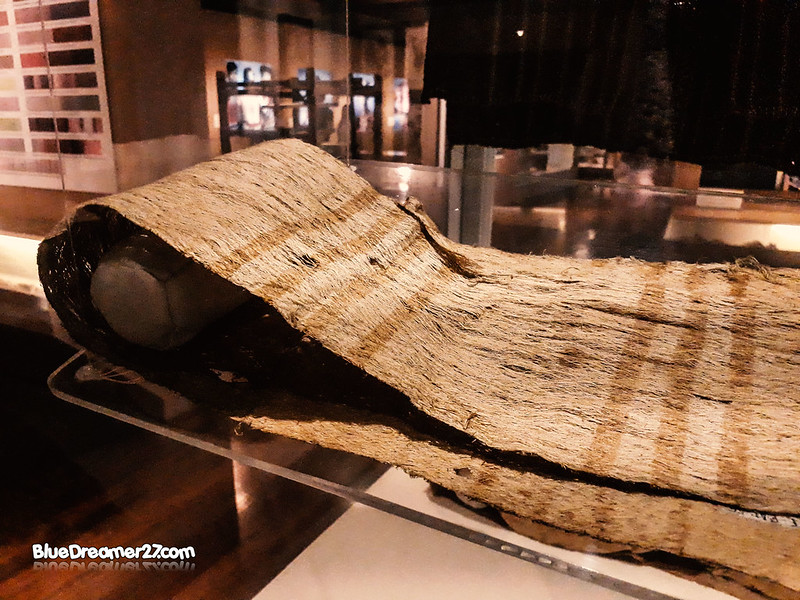
Namwan, lower garment used by Batak Males from Palawan
LUMAD MINDANAO

As what the title suggests, this gallery aims to raise awareness of the significance of the Mindanao natural reserves and resources of the lumad identity. It features over 300 items from 13 major lumad groups. It is said that National Museum’s Anthropology and Archaeology Division spent more than 2 years to prepare this exhibit, curating all the items that express Lumad’s beliefs and practices, weaves, crafts, clothing and embroidery, traditions, artistry and the world’s view to the lumads.
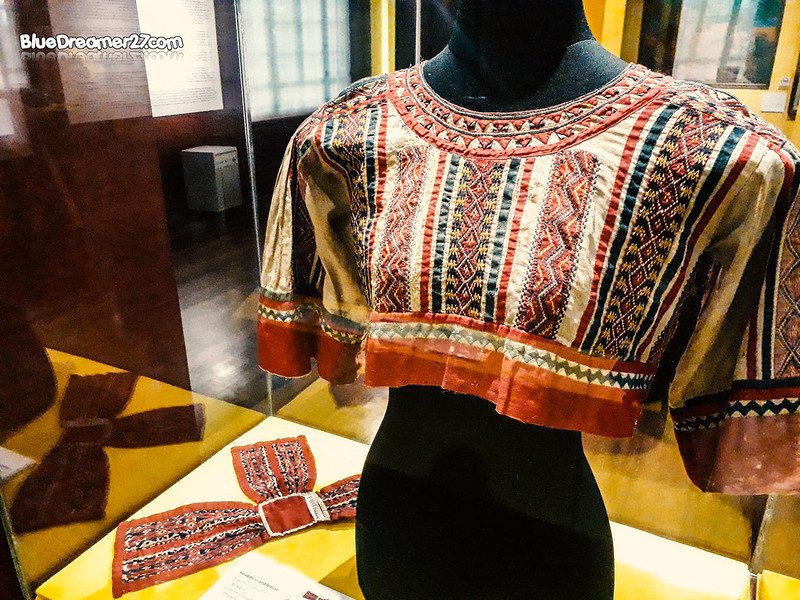
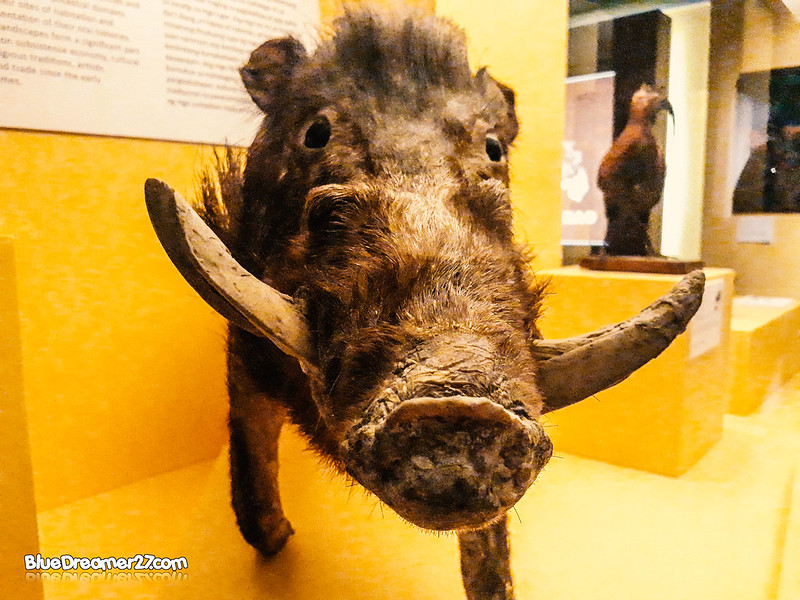
Preserved wild boar
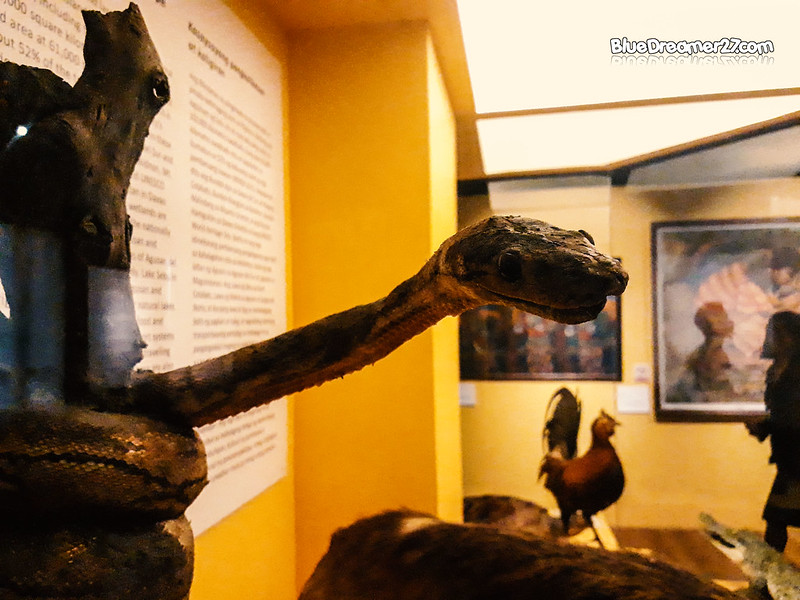

These are called “Manaug”, they are idols used by Mandaya tribe from Caraga. They are placed on walls or ceilings as protective household god.
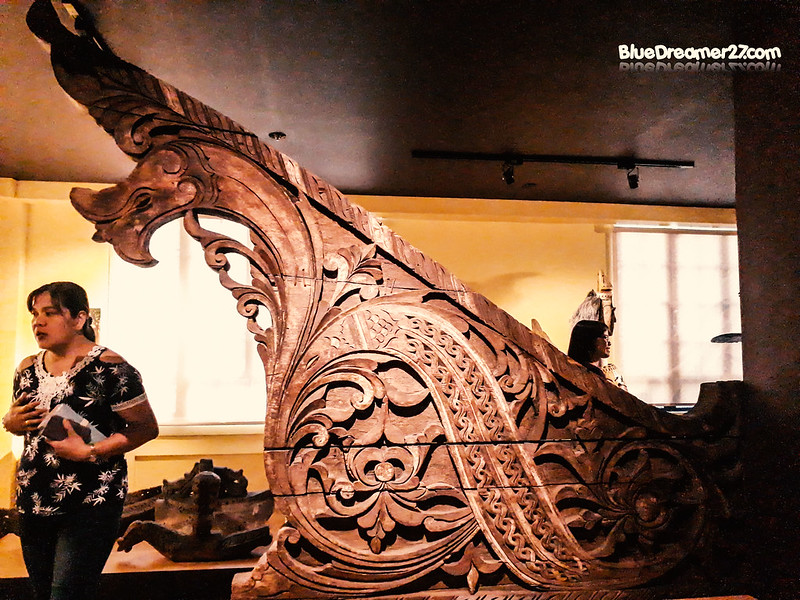
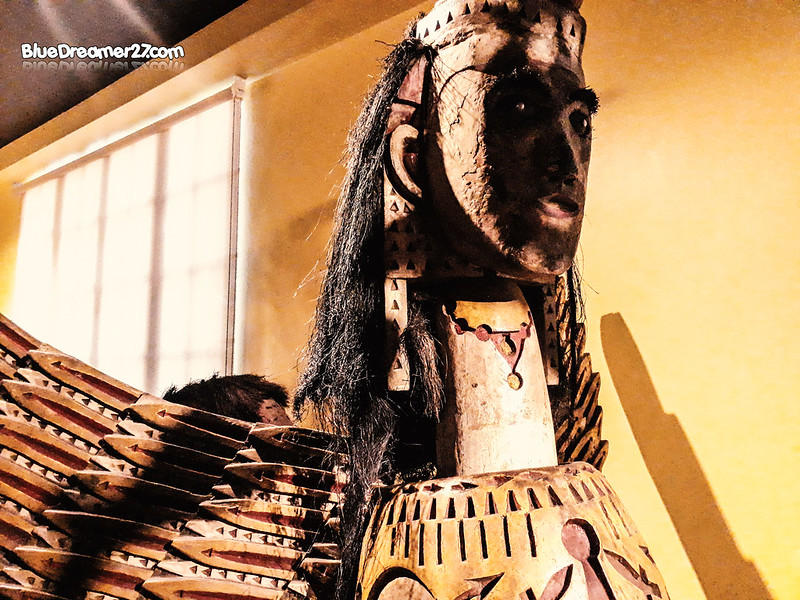
Boraqq or Borak is a mythical creature in Maranao which resembles a winged horses with a face of a man.

Other items related with Lumads
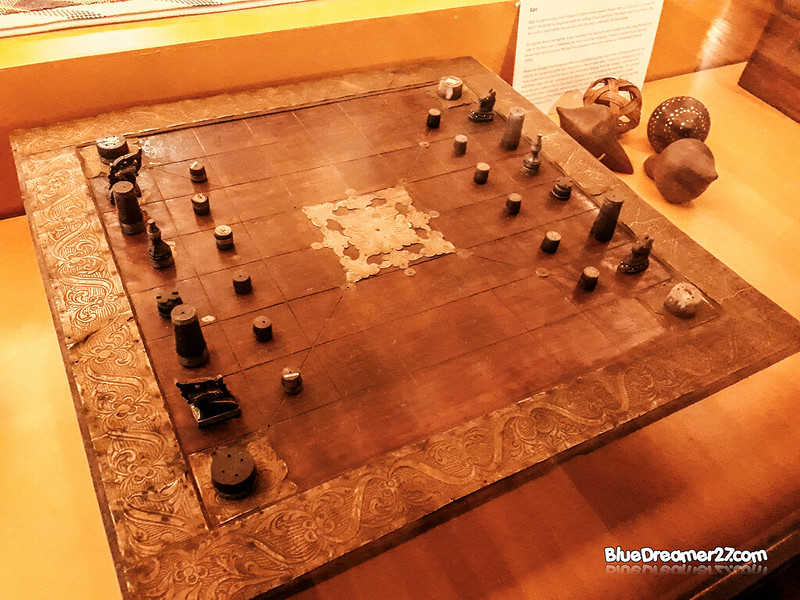
Check out this wooden chessboard known as Satoran
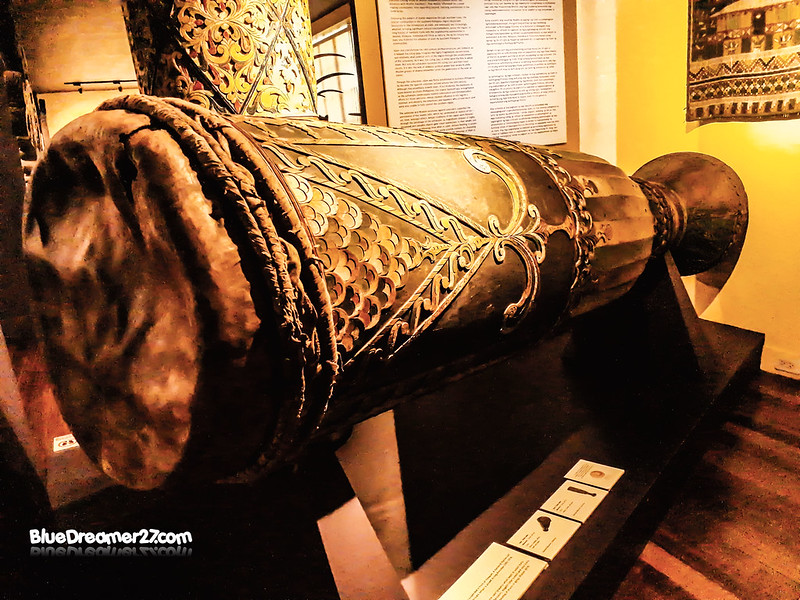
Tabo or Dabu Dabu, a signaling instrument suspended in front of mosques.
 A huge musical instrument
A huge musical instrument
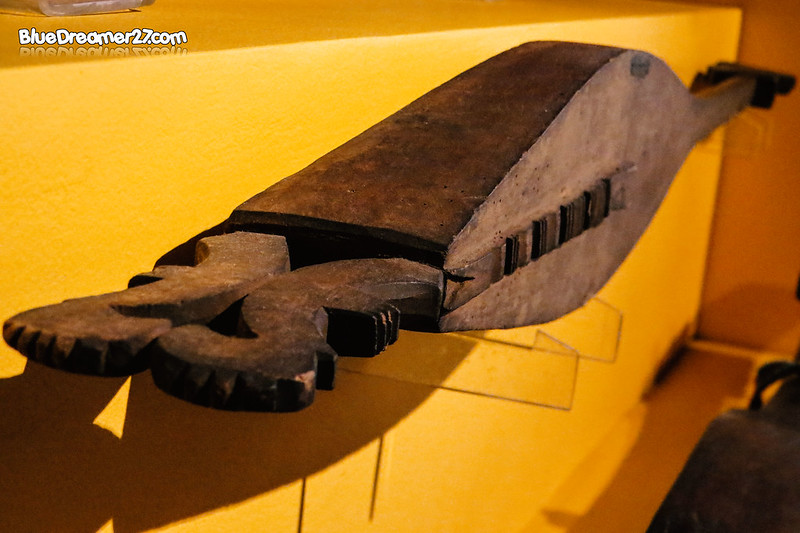
KABAN NG LAHI : ARCHAEOLOGICAL TREASURES
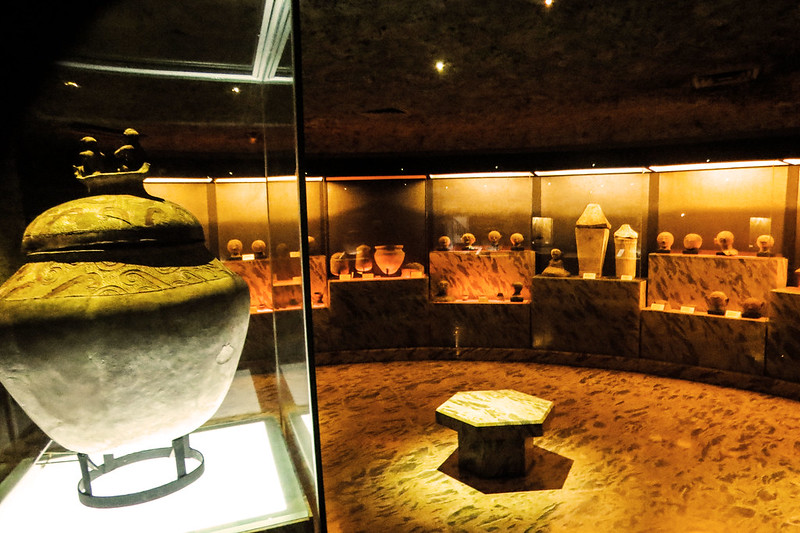
This gallery features the importance of burial practices associated with the death of early Filipinos in the southern Philippines and other parts of the country.Here, you’ll find unique anthropomorphic burial jars made of earthenware with design and form of human figures recovered in Ayub cave in Maitum, Saranggani (formerly South Cotabato) in 1991 by the National Museum and more.

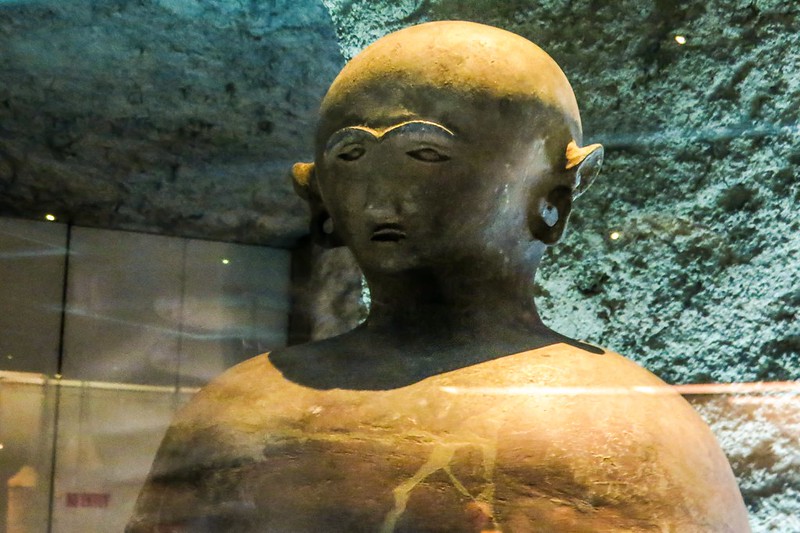
Maitum burial jar, the jar is shaped and modeled to represent a human with realistic features
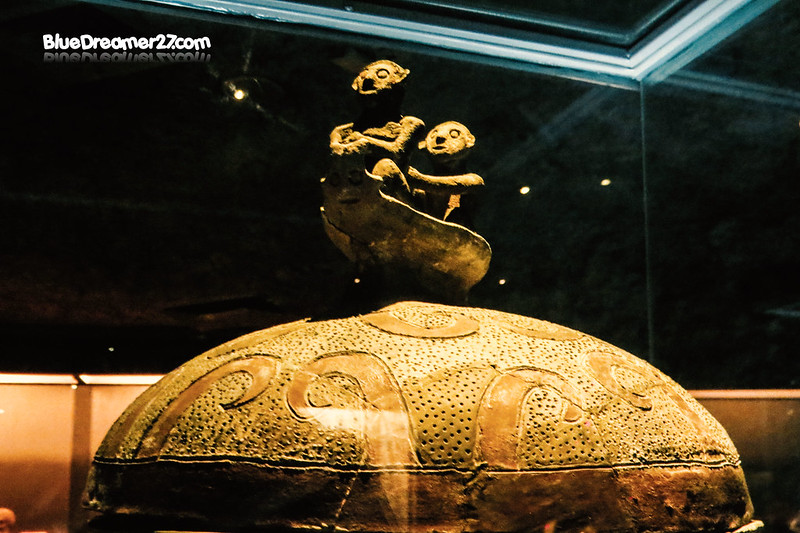


A diorama featuring how the burial jars were discovered.
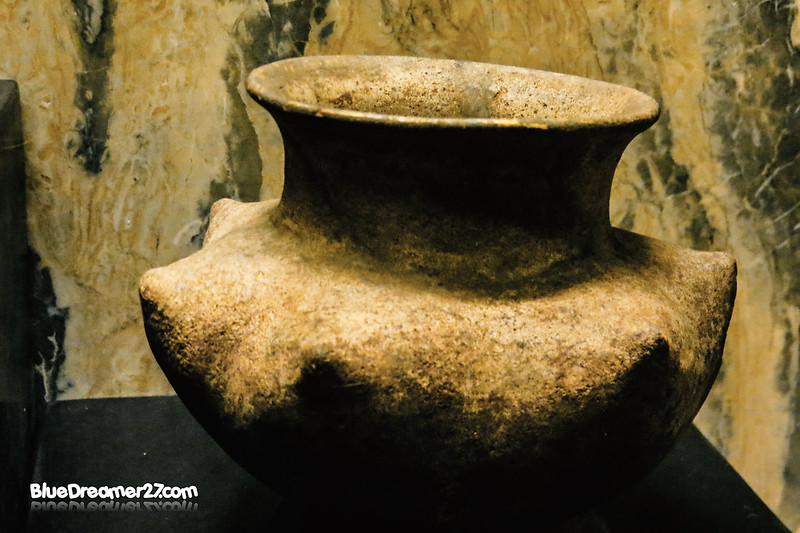
breast-pot
This concludes our tour in National Museum of Anthropology.
You might want to visit these other museums and galleries too:
►A Day in National Museum of Anthropology Part 1
►A Day in National Museum of Anthropology Part 2
►A Day in National Museum of the Philippines (National Museum of Fine Arts)
►Mount Samat National Shrine War Museum
►Casa Santa Museum
►25 Most Interesting Art in Pinto Art Museum
►Biyaheng Antipolo: Exploring Pinto Art Museum
►Casa Consulado Museum and Library in Quiapo
►The Santa Cruz Convent Museum
►Museo De Baler


